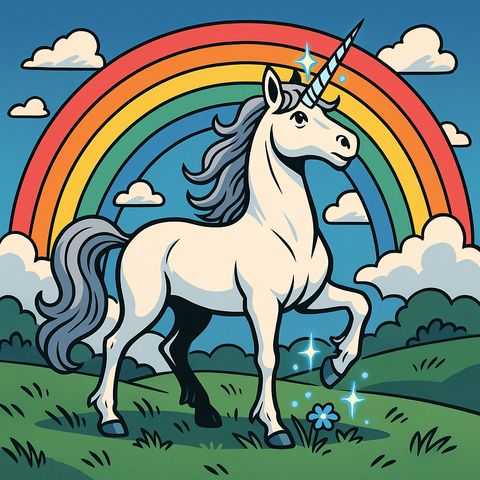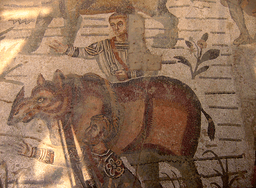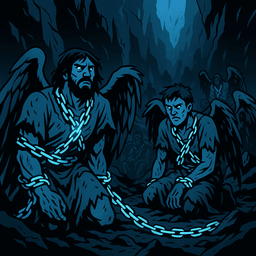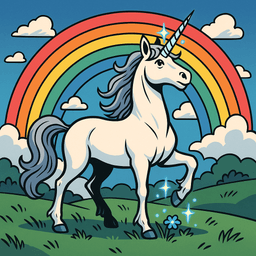
Why does the King James Version mention unicorns?
People make many strange and dishonest attempts to discredit the Bible. One of these is claiming that ‘the Bible has unicorns in it!’ Is this true?
No, of course not.
However, this is an interesting misunderstanding.
The problem arose because English translators didn’t know what animal the Hebrew text was talking about (a re'em). So, for help, they turned to the Greek Septuagint (LXX) text of Job. However, that just deepened the mystery.
The Greek translators translated it as ‘single horn.’ But what animal is a ‘single horn?’
What animal has one horn?
The medieval translators from England did not know of a single-horned animal. After all, most horned animals have two horns, not one! When sheep, goats, and cows have horns, they always have two. Even deer have two antlers.
So, not knowing what animal a ‘single horn’ could be, they simply called it a ‘unicorn’ (uni = one) and left the readers to figure it out for themselves.
So Job 39:9 in the King James Version says:
‘Will the unicorn be willing to serve thee, or abide by thy crib?’
English-speaking people then wondered what this foreign single-horned animal must look like. Some artists then imagined it being like a wild horse with a single horn between its eyes. This ‘animal’ became quite popular, and later it became the national animal of Scotland!
A real animal
Today, however, we know that there is really indeed a single-horned, large, strong animal that is exactly as described in Job… The real ‘unicorn’ is very likely to be the single-horned rhinoceros! In fact, because of its single horn, its name in Latin is Rhinoceros unicornis!
While the Hebrew word is generally translated as ‘Wild Ox’ today, it must be noted that rhinos and oxen were classed together in the past. It’s only thanks to modern methods that we now count rhinos and oxen as two different species.
However, if it was a rhino, Job didn’t even necessarily need to know about the single-horned variety, as the two-horned species actually has one prominent large horn. The smaller horn is easy to miss at a distance.
But could Job have really been familiar with rhinos?

Yes. While you don’t see rhinos in the middle east today, back in Job’s time, its range was likely much greater, as were many other wild animals. Indeed, archaeologists have found a mosaic artwork of the creature in Sicily, Italy, meaning that Roman artists knew enough about it to depict it. Also, there are cave paintings in France showing the two-horned variety.
Today, rhinos only survive in Sub-Saharan Africa as well as in very small remote parts of India, Bhutan, Nepal, Malaysia, and Indonesia.
So, in our translation of Job, we translate the ‘single horn’ as a ‘rhinoceros’. Only ours and the Douay-Rheims Bible translates it this way.
So while some will point and laugh and claim that ‘the Bible is so stupid, it has unicorns in it!’, with just a little bit of knowledge, you can see that such claims are largely based on ignorance, or a deliberate attempt to deceive. The original Bible text never said ‘unicorn’, and what it really said about this animal was accurate and sensible.
- See our translator note for more information.
How do other translations handle it?
- Most usually say ‘wild ox’, because that’s closer to the (likely) Hebrew meaning.
- Young’s Literal Translation says ‘Reem’, which is now what we call an Arabian Sand Gazelle, which has two horns.
- The New American Standard Bible says it’s a ‘wild bull’.
- Smith’s Literal Translation calls it a ‘buffalo’, presumably meaning the African Buffalo.
See a list at BibleHub.
Bible Questions
-

-

-

-

Also see our Articles index and our About section.